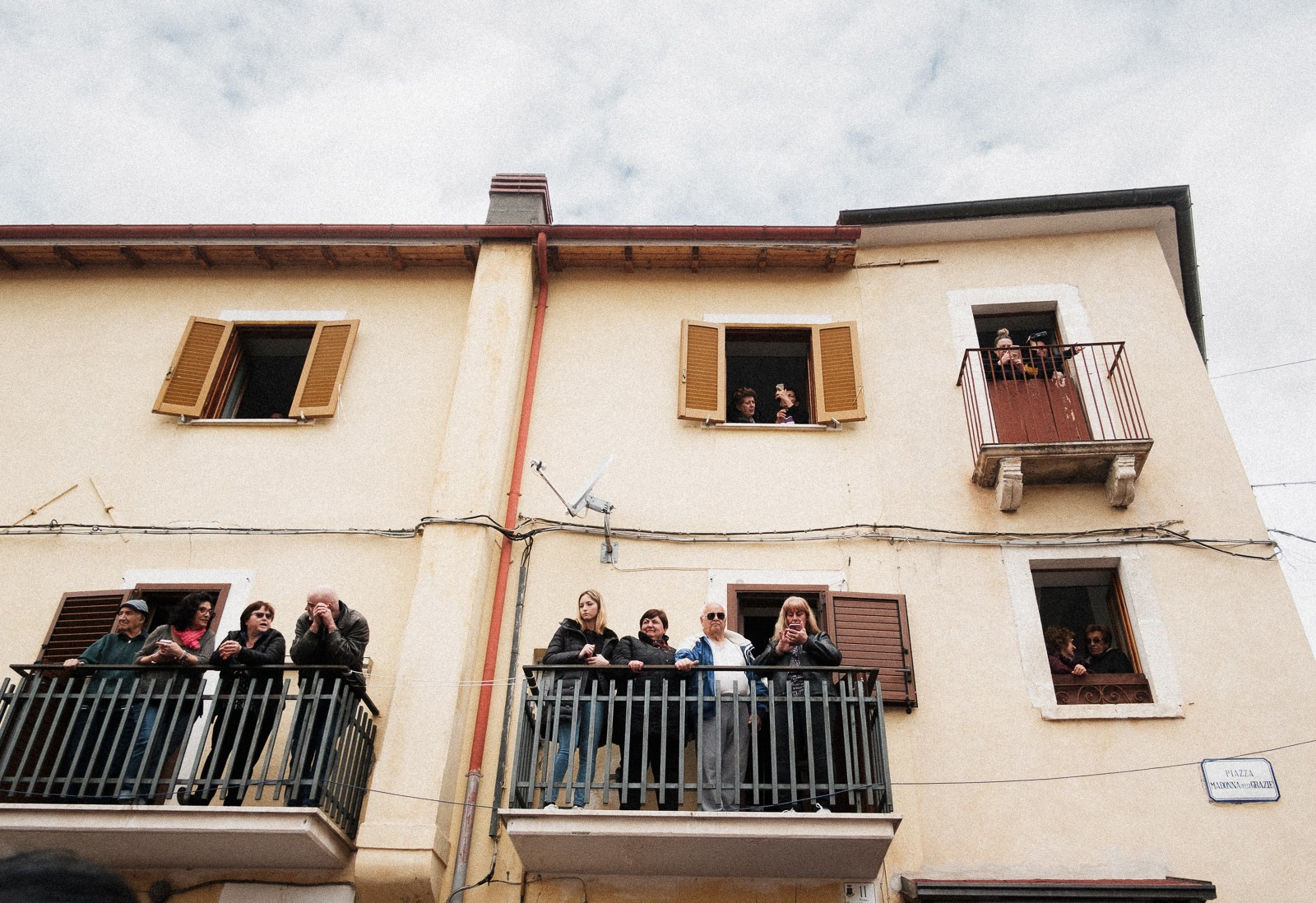The feast of Serpari is a unique and captivating religious celebration that takes place in the small village of Cocullo, located within the Apennine mountain chain of the Abruzzo region in Italy. The celebration is renowned for its use of snakes, which are captured by local snake catchers, known as "Serpari," and placed on the statue of San Domenico, the patron saint of Cocullo and Villalago, as a sign of reverence during the traditional procession. This practice, which takes place annually on the first day of May, is considered one of the most fascinating sacred-profane celebrations among the Italians and has been nominated for UNESCO's Intangible Heritage of Humanity.

The celebration of snakes in the Marsica area has deep roots, dating back to pre-Christian times, when the local Marsi people worshiped the goddess Anctia. Anctia was likely considered a goddess of healing due to the association of snakes with the healing arts. The Marsi considered her more of a magician than a goddess, and attributed to her the knowledge of the use of healing herbs, particularly those against snake bites, as well as the power to kill snakes with one touch.

Despite its Catholic origins, the feast of Serpari holds a powerful resonance with the area's pre-Christian heritage. It challenges the traditional, all-Christian view of the serpent as an embodiment of evil and instead presents it as a fascinating creature to be admired and respected. The feast provides an opportunity for adults and children alike to rediscover the serpent as a hypnotically beautiful being, rather than one stigmatized as pure evil.


